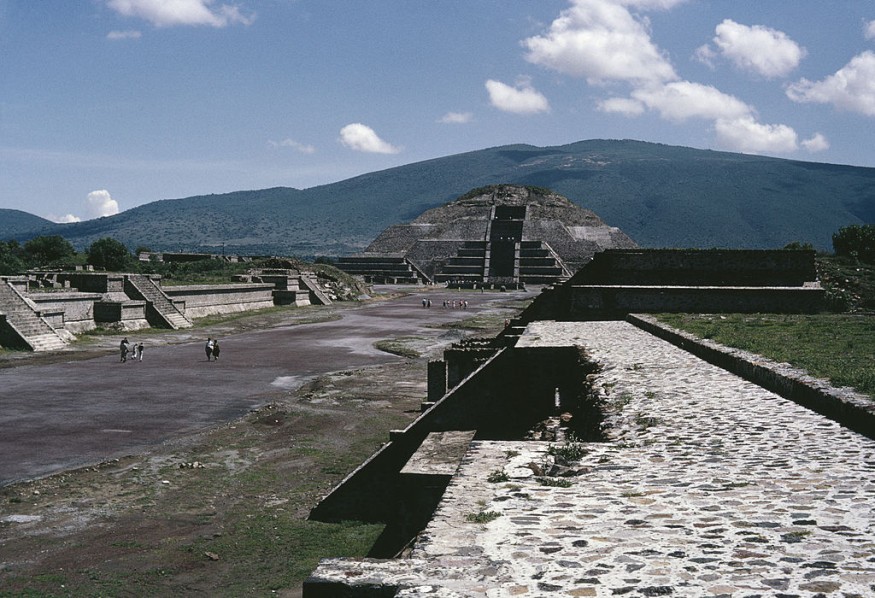Mexico Raids Building Project Close to Teotihuacán Pyramids, Archeological Site's Outlying Parts Damaged

After authorities discovered the damage caused by bulldozers in the outlying parts of the Teotihuacán pyramids, the government of Mexico sent in 250 National Guard troops and 60 police officers to seize land next to the famous archeological site on Monday, May 31.
The Temples of the Sun and Moon
Based on the report of Mexican archaeological officials last week, they had been trying to halt the private construction project beside the pre-Hispanic ruins since March. But developers continued to work on what appears to be an amusement park, based on local media reports.
According to the Associated Press, the National Institute of History and Anthropology shared that the National Guard helped authorities put up seizure notices on the property located in the northern portion of Mexico City. Based on the seizure, it allows prosecutors to take control of the plot.
Moreover, the seizure also mentioned that those responsible for the work are investigated for criminal charges of "irreparably damaging" the national heritage.
Meanwhile, the delay in stopping the building project shows how difficult it is for the legal system of Mexico to do a construction stoppage on archeological sites. Archeological officials mentioned that it took months for Mexican authorities to enforce building codes, zoning laws, or stopping illegal constructions done on protected historical sites.
The Culture Department of Mexico said last week that they had issued stop-work orders multiple times since March. But they mentioned that the crew of the building project had ignored the orders from the department.
Also, the department said revealed that at least 25 ancient structures on the site were threatened by the construction. Because of that, the department will be filing a criminal complaint against those responsible for the construction.
Apparently, the landowners of the farm plots are trying to turn the land into a recreational spot. The said area is outside and across a road from the famous boulevard of the site and the pyramid complex.
The United Nations' International Council on Monuments and Sites emphasized that bulldozers threatened to completely destroy almost 15 acres or 7 hectares at the site, which is a protected area. The council also mentioned that they were aware of the looting of artifacts in the archeological site, Newser reported.
In their statement last week, the U.N. council said that Teotihuacán is an emblematic site. The site was declared as World Heritage by UNESCO in 1987, Al Jazeera reported. They also added that the site represents the highest expression of the identity of the Mexican people.
On the other hand, the damage done to the site close to Mexico City raised questions regarding the country's ability to protect its ancient heritage sites. The Teotihuacan is the most visited archaeological site of the country, with over 2.6 million visitors annually. Mexico has hundreds of smaller, more remote sites, and they are often unexplored compared to the famous Teotihuacán pyramids.
Teotihuacan is best known for its twin Temples of the Sun and Moon. Even if it is called a temple, it was actually a large city that housed more than 100,000 inhabitants.
RELATED ARTICLE : Mysterious Handprints Discovered in Ancient Mayan Cave in Mexico
WATCH: Teotihuacan & the Pyramid of the Sun - Exploring Mexico - from
Learn Spanish with SpanishPod101.com
Subscribe to Latin Post!
Sign up for our free newsletter for the Latest coverage!

















